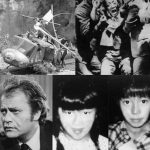The Little Boy of Buchenwald: The Story of Joseph Schlipstein
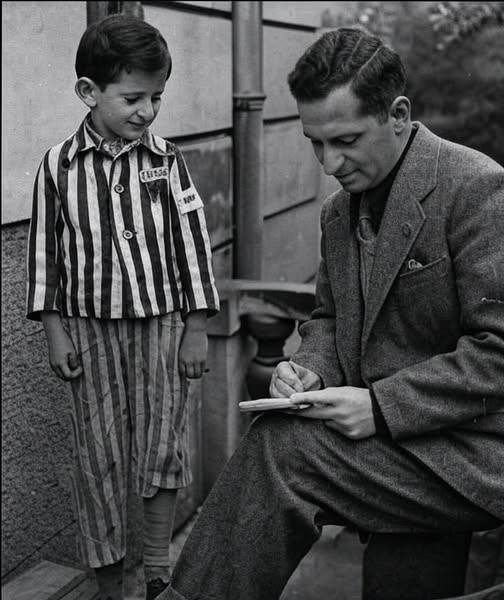
The Little Boy of Buchenwald: The Story of Joseph Schlipstein
He was only four years old when his childhood was stolen. Torn from his home, Joseph Schlipstein was thrown into the darkness of Buchenwald concentration camp, one of the most brutal places in Nazi Germany’s machinery of terror. Among the thousands of faces marked by fear, his was one of the smallest. For children in that place, there was no escape and no mercy.
But Joseph’s father refused to give up. In a desperate act of love, he hid his son inside an old suitcase, shielding him from the eyes of the SS. For a time, that fragile case — made of canvas and leather — became Joseph’s entire world. It was a thin barrier between a little boy and a world determined to erase him.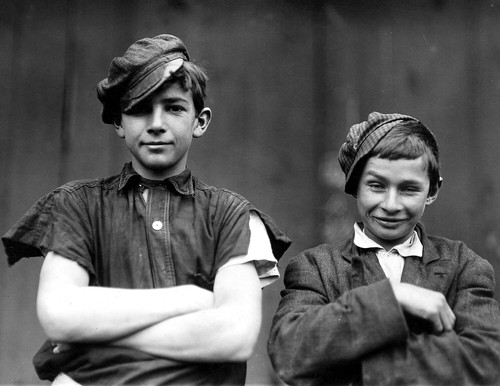
The secret didn’t last. Eventually, the guards found him. What followed was something no one could have predicted. Instead of killing him, a few of the guards — perhaps moved by guilt, or a fleeting spark of humanity — decided to make Joseph the camp’s “mascot.”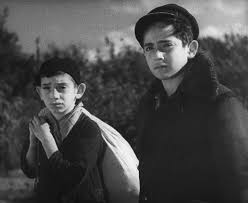
It was a strange mercy in a place built to destroy compassion. But it was enough to let him live.
In 1948, at the age of seven, Joseph sat in front of an American journalist. He was still wearing the striped prisoner’s uniform, his body small and frail, but his eyes spoke of a child who had looked straight into the heart of darkness and survived. His photograph traveled across the world, becoming a haunting symbol of innocence, survival, and the enduring human spirit.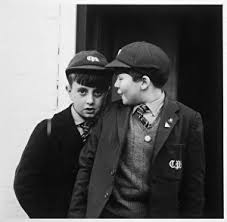
Joseph Schlipstein was one of the youngest survivors of Buchenwald. His story stands not just as a personal memory, but as a testimony to a time that must never be forgotten.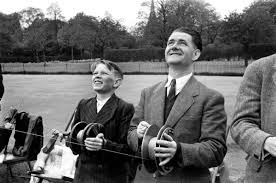
Some experiences are too powerful to be silenced. They must be told — again and again — so the world remembers not just the cruelty, but the resilience, love, and fragile sparks of humanity that endured in its shadow.
Remember Joseph. Remember them all. Always.


